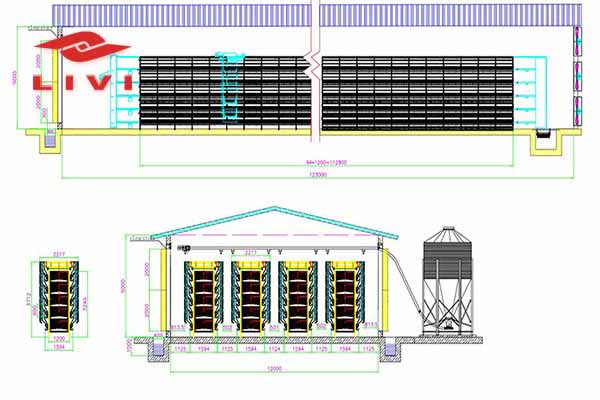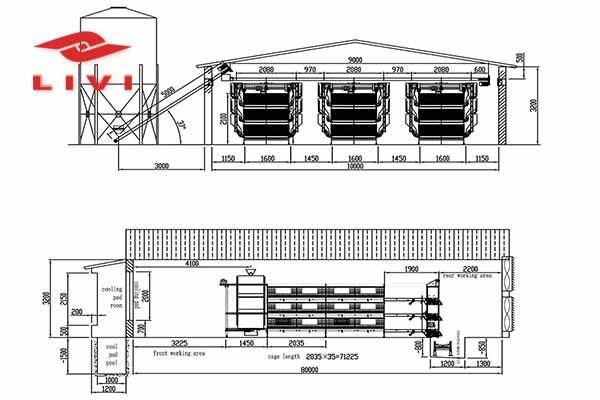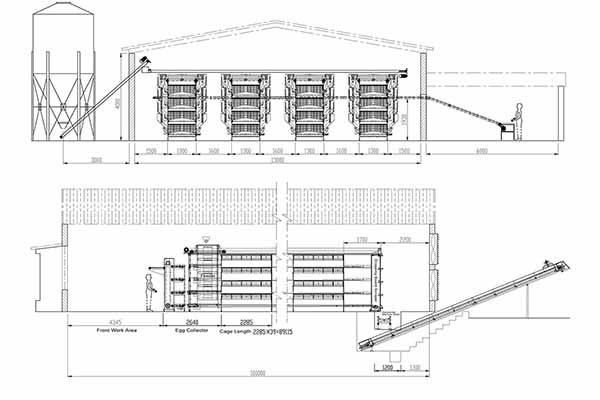The Common Types Of Battery Cage System In Poultry Farming
Chicken farming relies heavily on the use of battery cage system in poultry, essential equipment for housing and managing chickens. The choice of cage material plays a crucial role in the overall health, productivity, and profitability of the poultry farm. This article explores the importance of corrosion-resistant materials for chicken cages and discusses three common types of battery cage system in poultry farming: A-type chicken cage, H-type chicken cage, and chick raising battery cages.
Corrosion-Resistant Materials for Chicken Cages
The longevity and performance of battery cage system in poultry are directly impacted by the choice of materials. Commonly used materials include cold-drawn galvanized low-carbon steel, with contemporary options such as cold galvanizing, hot galvanizing, and alloy wire. Rusting of chicken cages can be attributed to high humidity in the chicken cage, leading to a shorter lifespan and potential risks to egg quality and hatching rates.
If the chicken cage material is prone to rusting, it is often due to high humidity in the chicken house, accelerating rust formation and reducing the cage’s lifespan. Rust on the chicken cages can contaminate eggshells, affecting egg quality. Additionally, chicken cages with low elasticity in the iron wires can increase the egg breakage rate. Let’s explore how to choose chicken battery cage system in a poultry farm:
A-Type Chicken Cage
The A-type chicken cage, also known as the step-type chicken cage, is widely adopted during the transition from free-range to intensive poultry farming. With 3 to 4 layers, this chicken cage offers advantages such as large open area, excellent ventilation, easy manure removal, and simple structure. However, it comes with a lower stocking density, typically around 10-12 chickens per square meter.
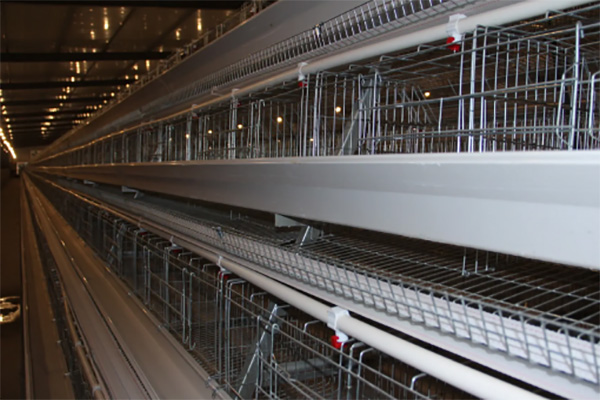
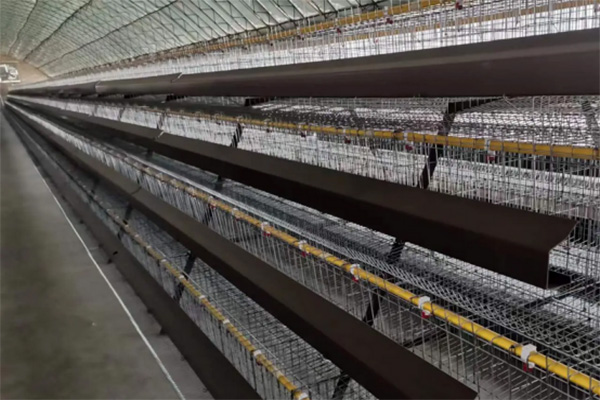
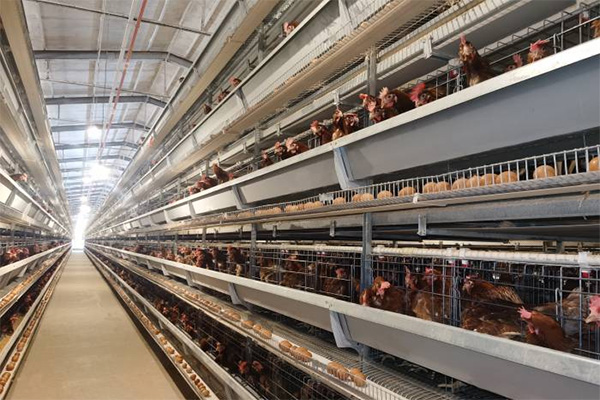
H-Type Chicken Cage
The H-type chicken cage involves stacking semi-step cages vertically, forming a layered system with a conveyor belt for efficient manure removal. H type chicken cages involve completely overlapping the upper and lower layers of half-step laying hen cages. It form a stacked layer cage with a conveyor belt to remove chicken manure. The advantages include high stocking density, reduced land area requirements for the poultry farm, and increased efficiency for farm workers. However, this design requires high standards for the poultry house, ventilation equipment, and manure removal systems. Stacked layer cages are commonly used in large-scale poultry farms. While providing higher stocking densities and reduced land occupation, this design requires advanced infrastructure for optimal ventilation, building construction, and manure handling.
Chick-Rearing Battery Cages
Chick-rearing battery cages are designed for raising chicks to adulthood efficiently. With 3 to 4 layers and 6 to 8 individual cages, they support high-density rearing and ease of management. In regions practicing a two-stage poultry farming system, these cages enable chicks to be raised from day one to the egg-laying stage (around 100 days). It minimize stress and labor associated with transferring flocks. In regions practicing a two-stage system for laying hens, the one-stage pullet-rearing cage is prevalent. It allows chicks to be raised on the middle tier during the pullet phase and gradually expands to the upper and lower tiers as the birds grow. The stocking density can reach 25 pullets per square meter.
Conclusion
The choice of Common Types of battery cage system in poultry farming is critical for ensuring the well-being and productivity of chickens. Factors such as material durability, cage design, and management practices all contribute to the success of a poultry farm. The A-type chicken cage, H-type chicken cage, and layered chick-rearing cages each have their unique advantages and considerations. It allow poultry farmers to tailor their systems to specific needs and production goals.
Our knowledgeable team is here to answer all your questions and provide insights into the advantages and disadvantages of various cage materials and configurations.
Drop us a message with your inquiries, and let’s embark on a journey to elevate your poultry farming experience!


